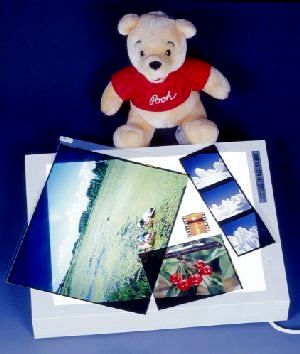
Black & White vs. Color:
For our class you will always shoot black & white film, but outside our class you should decide what film will work best for you. Do you want the vividness of color or the monochromatic values of black & white.
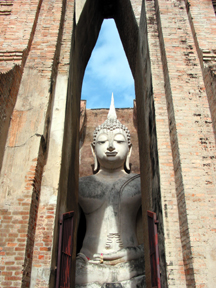
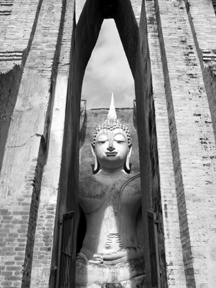
Tungsten vs. Day Light Film:
You need to also decide if you are going to shoot photos indoors or outdoors. Some films are balanced for indoor light or "tungsten light." Day light film is balanced for the bluish light of daylight. If you use day light film indoors using only the light of a tungsten bulb the pictures will come out too orange. If you use a flash you will want a day light rated film. Most photographers use daylight film and a flash for indoor pictures.
Black & White film doesn't need to be balanced to daylight or tungsten light, because it doesn't use color.


Tungsten vs. Daylight Film
Transparency Film:
Film can also be purchased in a transparency or negative versions. Transparency film allows you to have a small positive image that can be projected on a screen or be scanned directly into a computer. Transparency film has the advantage of recording your image directly instead of having another step involved where image quality can be lost in printing. Slide film is very unforgiving not having that extra step of printing to fix exposure problems on the film. Slide film can also be printed using a special type of paper.
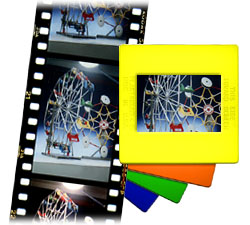
Film Speed:
Film also comes in a variety of different film speeds. Film speeds are listed in two different standards ASA (American Standards Association) and ISO (International Organization for Standardization). Film speeds range from 25 ASA all the way up to 3200 ASA or higher. The faster the film rating the more sensitive to light it is. Faster films tend to have larger silver salts that react to the light faster. The faster the film the more grainy the print tends to be in the end, due to the larger silver salts.




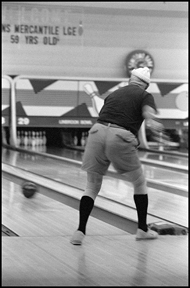
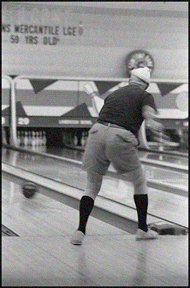
ASA 400 vs ASA 3200
Film Size:
Film also comes an a variety of sizes. The size you will most likely use is 35mm, but their are a several other types of film sizes depending on the format of the camera. Common film sizes are 35mm, 7x9cm, 4x5, 6x7, and 8x10. The larger the format of the camera the finer the quality of the image. Larger image areas require less enlarging and make far better prints.
